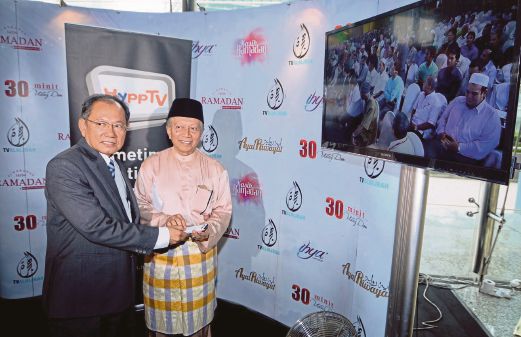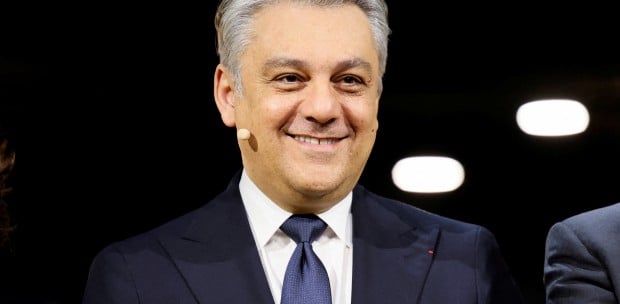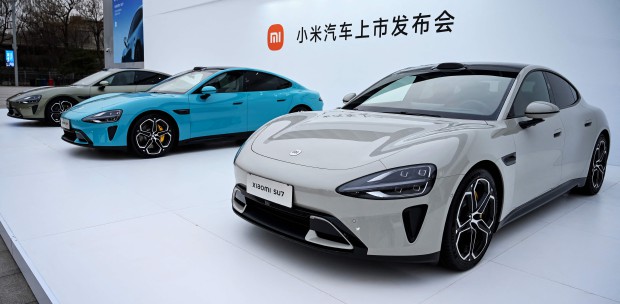RAPID urbanisations and human migrations into cities are happening worldwide. Cities are becoming mega cities with population in tens of millions. Human mobility pollutes the environment and some of these cities’ air qualities are becoming unbearable.
The solution is at hand, that is to intensify the usage of non-emission vehicles in these cities and the closest technology developed thus far is the electric vehicles (EVs).
Some cities now designate areas free from polluting vehicles and some have designated areas for “EVs only”, serving as test bed for EVs application and public education and familiarisation on them.
Malaysians too will be able to experience the electric cars upon the launching of the first EV “sharing programme” next month. It is a collaborative effort between a private company, Comos, Malaysia Automotive Institute (MAI) and Malaysian Green Technology Corp.
Despite the favourable characteristic of EVs to overcome the environmental issues, commercialisation of mass-produced EVs are still restricted due to the lengthy charging time, modest driving range attainable and relatively sluggish performance of current battery technologies powering the vehicles.
Batteries for EV differ significantly from to the “Starting, Lighting, and Ignition (SLI)” batteries used in the conventional internal combustion engine (ICE). EV batteries must be able to supply power over sustained periods of time and have an excellent power or energy-to-weight ratio. Smaller and lighter batteries reduce the vehicle weight, thereby improving vehicles’ performances.
Battery pack is more often the most expensive components of EVs, constituting about half the vehicle cost, rendering initial investment on an EV high. EV batteries are generally warranted to have a life span of between eight and 10 years, and upon expiry, the battery pack needs to be replaced, which is expensive.
Debates amongst industry experts are going on but many would agree that the cost benefit of EV usage is still significant in comparison to its ICE competitor, on proviso that no dipping in oil price occurs.
However, for many other reasons such as charging conveniences, safety, charging time and driving range, continuous battery improvement is inevitable before mass produced EVs fully enter the marketplace. Extensive research and development (R&D) on battery is ongoing and positive result shows that cost has been reduced by more than 35 per cent since 2008.
Lead-acid, Nickel metal hydride, molten salt battery and lithium-ion are among rechargeable battery technologies available for EV usage. The most popular is the lithium-ion battery which now dominates most developmental work for EV application. The battery characteristic advantage is its 80 to 90 per cent charge-discharge efficiency and having good power density, while its downside is short charge cycle life and significant degradation with age.
Contender to the lithium-ion battery is the vanadium flow battery, having the potential for fast charging capability. Interestingly the technology offers the possibility of refuelling, akin to petrol refuelling of the ICE vehicle, by pumping the electrolyte into the battery’s tank once emptied at the refuelling station. The battery offers a degree of flexibility in its outlay for space optimisation of the EV final design.
Industry experts are of the opinion that mass-produced EVs may not enter the marketplace sooner as long as battery technology is not maturely developed for EV usage, offering cost benefit and other conveniences almost parallel to its ICE competitors.
In the meantime, Malaysia cannot remain passive in pursuing battery development and manufacturing initiatives. The nation must be prepared for the EV market entrance whenever it may be.
On this accord, MAI in partnership with the Australian Automotive Research organisation, is in the process of drawing up a masterplan for EV battery development in the country. A steering committee has been formed allowing industry players, academicians and experts to steer the forthcoming programmes and projects implementation under the masterplan.
The writer is the Malaysia Automotive Institute chief executive officer





